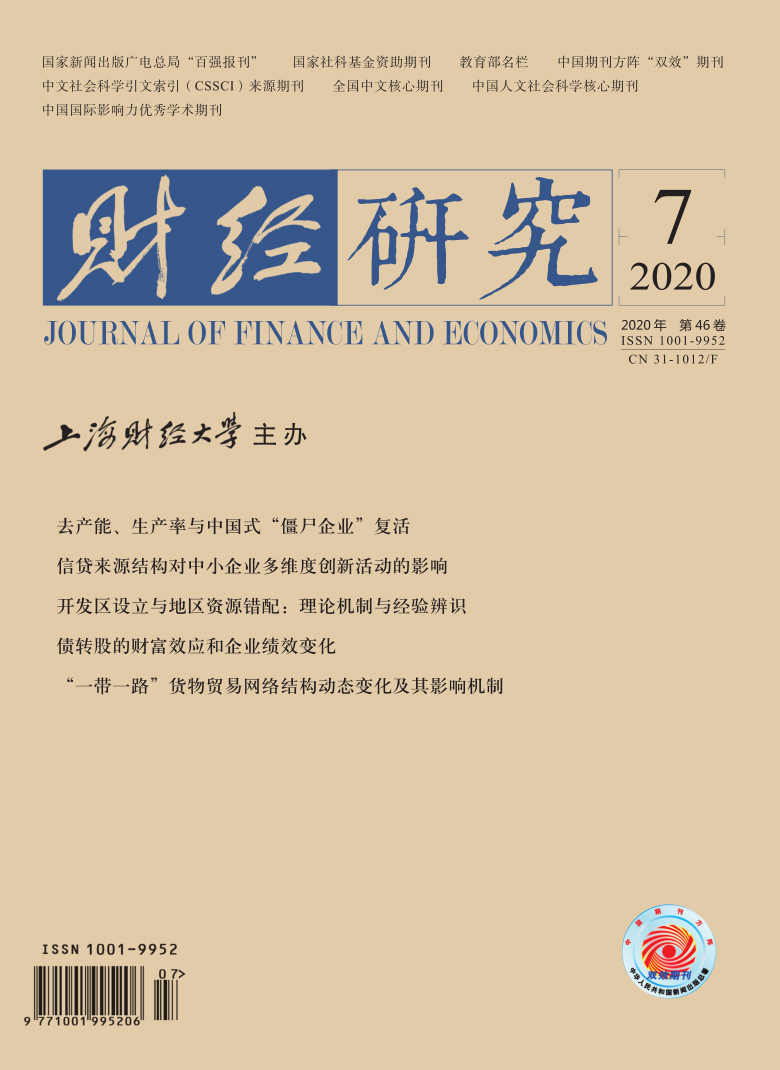Socialism with Chinese characteristics has entered a “new era”. Economic development is not biasedly pursuing speed growth but transforming to the improvement of quality. How to give full play to the market allocation of resources is the core driving force that determines the quality of China’s future economic growth. As a government-led important industrial policy, the establishment of development zones will undoubtedly have an important role in promoting local economic growth, but will the implementation of this policy distort the market allocation of resources and lead to resource mismatch? Existing literature is rarely covered.
This paper accurately measures the degree of regional resource mismatch from the perspective of enterprise productivity dispersion, based on the data of Chinese industrial enterprises from 2001 to 2009. Specifically, the degree of resource mismatch is measured by the ratio of the productivity of 90% quantile companies in the region to the productivity of 10% quantile companies. While using the data of China Development Zone Website to match the corresponding city by looking up the zip code, this paper aims to establish development zones as a quasi-natural experiment to evaluate the causal relationship between industrial policy and resource mismatch, and analyze its internal mechanism. The research finds that the establishment of development zones exacerbates the degree of regional resource mismatch by distorting market allocation. This conclusion steadily passes the parallel trend test, regional counterfactual test, time counterfactual test, policy exclusion test, measurement error test, etc. In the research process, through the division of eastern cities, central cities and western cities, to identify the heterogeneity of different marketization degrees, the research concludes that the level of marketization eases the policy impact of development zones on regional resource mismatch. Further identifying the institutional efficiency of cities in first-tier cities, second-tier cities, and third-tier cities, it is found in empirical analysis that institutional efficiency slows the impact of the establishment of development zones on regional resource mismatch. At the same time, “mature” development zones have less impact on regional resource mismatch than “growth” and “primary” development zones, while “primary” development zones have the most serious impact on regional resource mismatch. The impact mechanism test shows that the industrial policy set up by development zones will affect the degree of regional resource mismatch through low-efficiency enterprises not leaving the market, intensifying local government competition and distorting the investment structure of the capital market. By establishing a long-term mechanism for market supervision to reduce investment structure distortion, effectively improve the level of marketization, and improve the quality of public goods supply and public services, it is a policy shock to alleviate the mismatch of regional resources in development zones, and promote the effective path of China’s economy to high quality development.






 4649
4649  5071
5071

